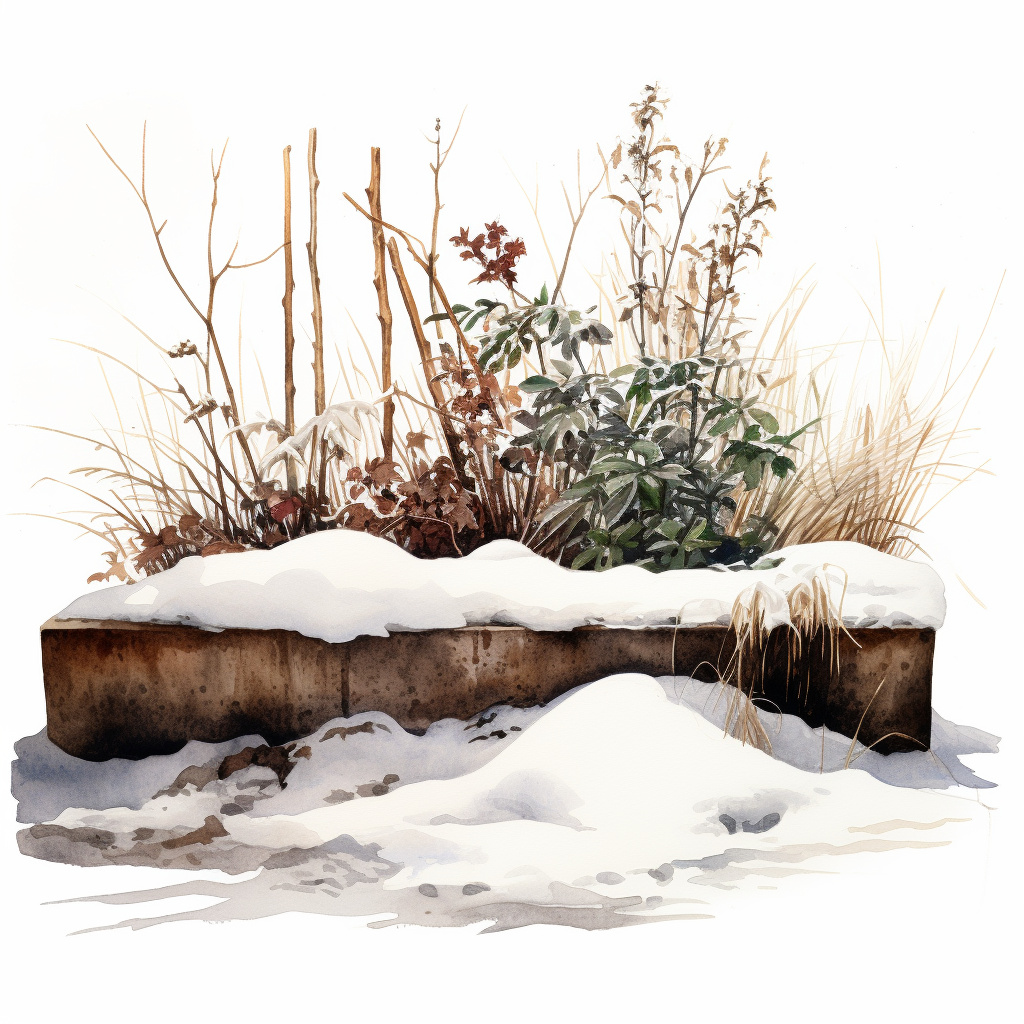Knowing when and where to plant your seedlings is key to successful gardening. Plant hardiness zones and frost dates are two indicators you can use to determine what plants to plant and when to plant ’em. If you don’t feel like reading the whole article, here’s the TL:DR:
Hardiness zone is important when picking plants.
Frost dates are important when planting plants.
Want to learn more these two measurements? Read on to find out more about grow zones and frost dates and how they can help you get the most out of your garden.
Why should you know the difference between hardiness zones and frost dates?
It’s important for gardeners to understand the difference between plant hardiness zones and frost dates. By understanding these concepts, you can better determine what plants will do well in your particular climate and soil conditions. This knowledge can help you make informed decisions on when to start planting and harvesting, as well as how much care you need to give each of your plants.
Plant hardiness vs frost dates in a nutshell
Plant hardiness zones are based on the average annual minimum temperature in each geographic area. Knowing what zone you live in can help you pick plants that are likely to survive your climate’s particular conditions.
Frost dates indicate when the first and last frosts will occur in an area. This information is important for gardeners because it helps them know when to start planting and harvesting their crops so they don’t lose them to frost damage or lack of sunlight.
Understanding Plant Hardiness Zones
Definition of plant hardiness zones
Plant hardiness zones are geographic regions defined by the United States Department of Agriculture (USDA). They are divided into categories that represent a range of temperatures between -50 and 110 degrees Fahrenheit. Knowing your zone can help you pick plants that will survive in your area’s climate and soil conditions.
Explanation of the USDA hardiness zone map
The USDA hardiness zone map can be found here: https://planthardiness.ars.usda.gov/
The USDA Hardiness Zone Map is a tool used to determine what plants will do best in different parts of the United States. It assigns each state and territory with a number from 1-13, which indicates that region’s average annual minimum temperature range. Knowing your zone can help you select plants that are likely to survive in your climate conditions.
Factors determining hardiness zones (temperature, climate, etc.)
The hardiness zones are determined by a variety of factors, including average annual minimum temperature, climate type (desert, temperate, etc.), and soil type. Knowing these factors can help you select plants that will do well in your particular environment.
Importance of selecting plants suitable for specific zones
Selecting plants suitable for specific zones is important because it can help you losing your plants to frost damage, lack of sunlight, or other environmental conditions. Knowing what plants work in your hardiness zone can help you pick the best ones for your garden and get the most out of your gardening efforts.
How to determine your hardiness zone
You can determine your hardiness zone by using the USDA Hardiness Zone Map. Simply enter your zip code or city name and you will get a map showing your area and its corresponding zone. Once you know your zone, you can select plants that are likely to survive in your climate conditions.
Decoding Frost Dates
Frost dates are the approximate dates in which the first and last frosts will occur in a region.
Frost occurs when temperatures drop below freezing and can cause damage to plants, especially those that are not hardy enough for the climate. Knowing the frost dates can help gardeners know when to start planting and harvesting their crops so they don’t lose them to frost damage or lack of sunlight.
Factors influencing frost occurrence
Frost is influenced by various factors such as latitude, altitude, and wind speed. Knowing these factors can help you select plants that are likely to survive in your climate conditions.
How to determine frost dates for your region
You can determine the frost dates for your region by checking with your local weather service or by doing a search online. Users of Rooted Reminders can also access this calculation (based on NOAA data) after creating a free account.
The Relationship between Hardiness Zones and Frost Dates
Hardiness zones and frost dates both provide information about a region’s climate conditions. Knowing the hardiness zone and frost dates for an area can help you select plants that are likely to survive in your climate conditions.
Hardiness is important when picking plants.
Frost dates are important when planting plants.
Effects of climate change on hardiness zones and frost dates
Climate change has had an effect on hardiness zones and frost dates as temperatures have become more variable over time. As a result, it is important for gardeners to keep up with the latest climate data to ensure they are selecting plants that are suitable for their area. Keep an eye out for new changes in the USDA map, or just use your intuition and check the weather frequently and further out when it is getting close to your “usual” frost dates.
Mitigating risks with early or late frosts
If frost occurs earlier than usual, using frost cloths or covering pots with insulating material to help keep the roots warmer in case of an unexpected frost.
Understanding the differences between plant hardiness zones and frost dates can help gardeners make informed planting decisions. Knowing the hardiness zone of an area can help you select plants that are likely to survive in your climate conditions. At the same time, understanding the frost dates can help you plan ahead and ensure your plants are properly taken care of. By taking these steps, gardeners can get the most out of their efforts and enjoy successful gardening results.

